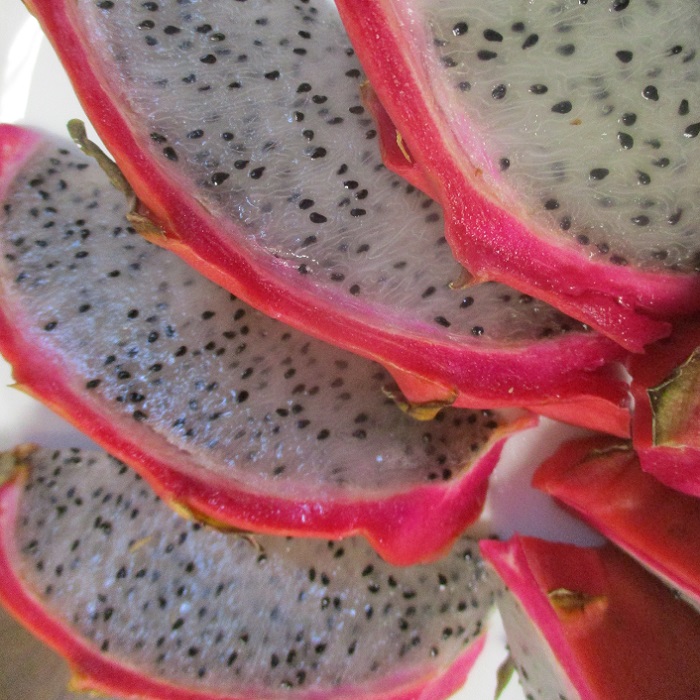UNITED STATES—Bare root season began as the Christmas season ended. Literally, as the last Christmas trees relinquished their space in nurseries, bare root stock occupied it. Most of this stock grew in Oregon, where winter weather is cooler, so was ready for digging and relocation prior to arrival. Now that it is here, the season for planting bare root stock is quite limited.
Almost all bare root stock is deciduous. It defoliated through autumn, so the stems are as bare as the roots are. Most bare root stock is fruit and nut trees, such as almond, apricot, cherry, plum, peach, apple, pear, persimmon and fig. Grape, currant, gooseberry, wisteria and rose are ready for planting bare root too. All are dormant, so unaware of the process.
They do not stay dormant for long though. Planting into their new homes must happen prior to the end of winter, when warming spring weather stimulates new growth. They cannot sustain such growth if their roots are unable to disperse into soil. This is why the season for relocating and planting bare root stock is so limited to winter. It relies on cool weather.
Yet, simplicity is another advantage of bare root stock.
Fortunately, planting bare root stock is surprisingly simple. Soil amendment that prompts root growth away from confined root systems of canned (potted) stock is not so important. Since new roots grow directly from formerly bare roots into surrounding soil, amendment is only helpful for soil of inferior quality. Fertilizer will not be helpful until growth resumes.
A hole for planting bare root stock needs to be just big enough to contain the flared roots. It must be shallow enough to suspend any graft union above grade, without loose soil to settle below. Watering is only necessary to soak and settle soil around roots and will not be necessary again until after the rainy season. Pruning removes crowded or damaged stems.
Of course, not all fruit trees are conducive to planting bare root. Evergreen plants are not as dormant during winter as deciduous plants are. Their roots are therefore less resilient to separation from the soil. Pitahaya, avocado and some citrus, which can be marginally vulnerable to frost in some climates, are more vulnerable after autumn or winter planting.
Highlight: Pitahaya
This weird tropical cactus gets mixed reviews. Pitahaya fruit, or dragon fruit, is abundant in favorable conditions, but develops potentially bland flavor. The green succulent stems may be vigorous but develop distinctly pendulous form that resembles Sigmund the sea monster. Bloom lasts from summer to autumn, but individual flowers open for just a night.
Selenicereus undatas is the most popular pitahaya. Its fruit weighs between half a pound and a pound, and has white flesh. Selenicereus costaricensis fruit is similar, but with red flesh, and perhaps slightly more flavor. Selenicereus megalanthus fruit is smaller, thorny and yellow, with white flesh and richer flavor. Home grown fruit is superior to market fruit.
Pitahaya grows very easily from cuttings or pruning scraps. Young stems climb with wiry aerial roots, so need substantial support. Fruiting stems hang downward from the tops of such support. Most modern cultivars need no pollinator. Some old cultivars need another of its same species for pollination. Pitahaya is vulnerable to frost where winters are cool.
Horticulturist Tony Tomeo can be contacted at tonytomeo.com.






